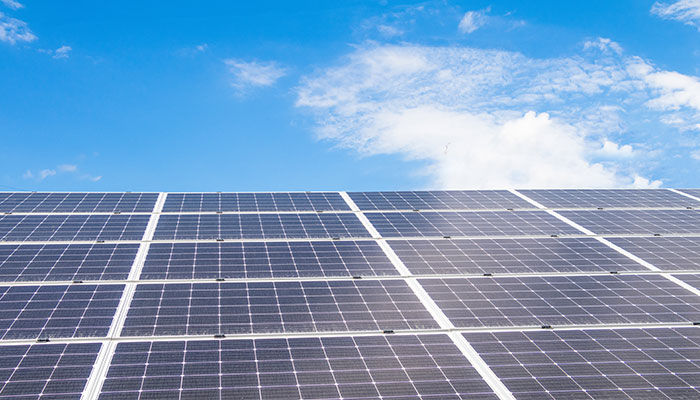|
"What can I do for the environment” is a much asked question from our clients planning their home. Everyone genuinely wants to do what is best for “Mother Earth” but find the information available confusing and sometimes conflicting. How many of these initiates can I afford and what affect will they have both to help the environment and make my new home more comfortable to live in and save me money on running costs? This is a very complex and confusing question and the advice you receive will vary depending on the source. The biggest problem we find with environmental products is many are great ideas but do they genuinely make the difference you wanted in comparison to their cost i.e. is the outcome worth the price or is there a more cost effective alternative?
It is important to accept it is not only price that should be considered here, the environment is worth helping, but put your money where you feel you can make the biggest difference for your budget. No one has an unlimited spend for anything. As a HIA accredited GreenSmart Professional, we are qualified to guide your design and recommend good environmental initiates and practices. Our aim is to achieve for you the most liveable home with maximum environmental outcome within your budget. We are neutral i.e. we do not have an agenda of selling you any particular product to put in your home to “make it better”. We will provide a common sense approach, supported by research where available or known to us. This is not a research paper but a “list” of ideas broadly based on cost. There are new and exciting initiatives & improvements coming out all the time, so this gives you some of the more achievable initiatives. These will create very good outcomes for the environment, make your home more liveable and over time reduce your spend on electricity, water etc and create a financial benefit for you that continues into the future. We have generalised the initiates based on cost:
There are a number of environmental areas we cover with this discussion:
There are several initiates that are not addressed here such as material life cycle analysis, construction material, embodied energy, site recycling of materials etc. They are very individual to each person building their new home and hard to generalise on as I have done with other topics. Using your home. The most environmentally responsible home is only as good as it is used. If the first thing that happens when you arrive home is the airconditioners goes on, instead of opening the windows, most of the benefit and budget will be wasted and most operating savings will not materialise. Learning to use your home efficiently, maximising the built-in concepts is an important part of helping the environment and saving money. Build a new home or buy an established house (there is a big difference). The modern home is inherently more environmentally friendly then older homes (even home 5 to 10 years old). The many improvements in areas such as star ratings, insulation, water saving devices, improved technology in airconditioners, appliances, hot water systems etc. make modern homes far more environmentally sensitive, more liveable and provide future saving with electricity and water. Often the consideration of whether to build a new home or buy an established one is based on presentation, location of the home & price. As with a car, an old one is not a new one and the maintenance costs associated with either are different. Also, the technology built into new homes is extensive and for those serious about the environment, this makes the decision “black & white”. Near nil Cost Items. These are the initiates that, in effect, cost you nothing (or close to) either because they are clever design etc, or are required under law to go into modern homes, so are not an additional cost with your home.
Your NHS Design Consultant can provide more information on individual items you may have an interest in & the cost associated with them as applied to your home. Ultimately the savings you can achieve with many of these, with efficient use of your home, will pay for the environmental benefit you have created, & ultimately pay dividends for your initial investment. As mentioned, technology is rapidly moving forward with constant changes expected. Comments are closed.
|
Archives
December 2023
Categories
All
|

